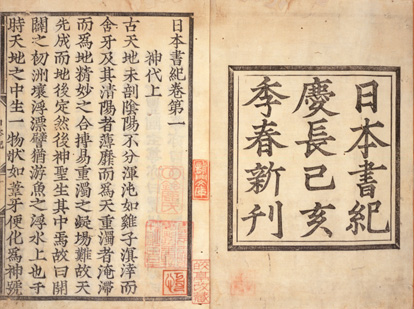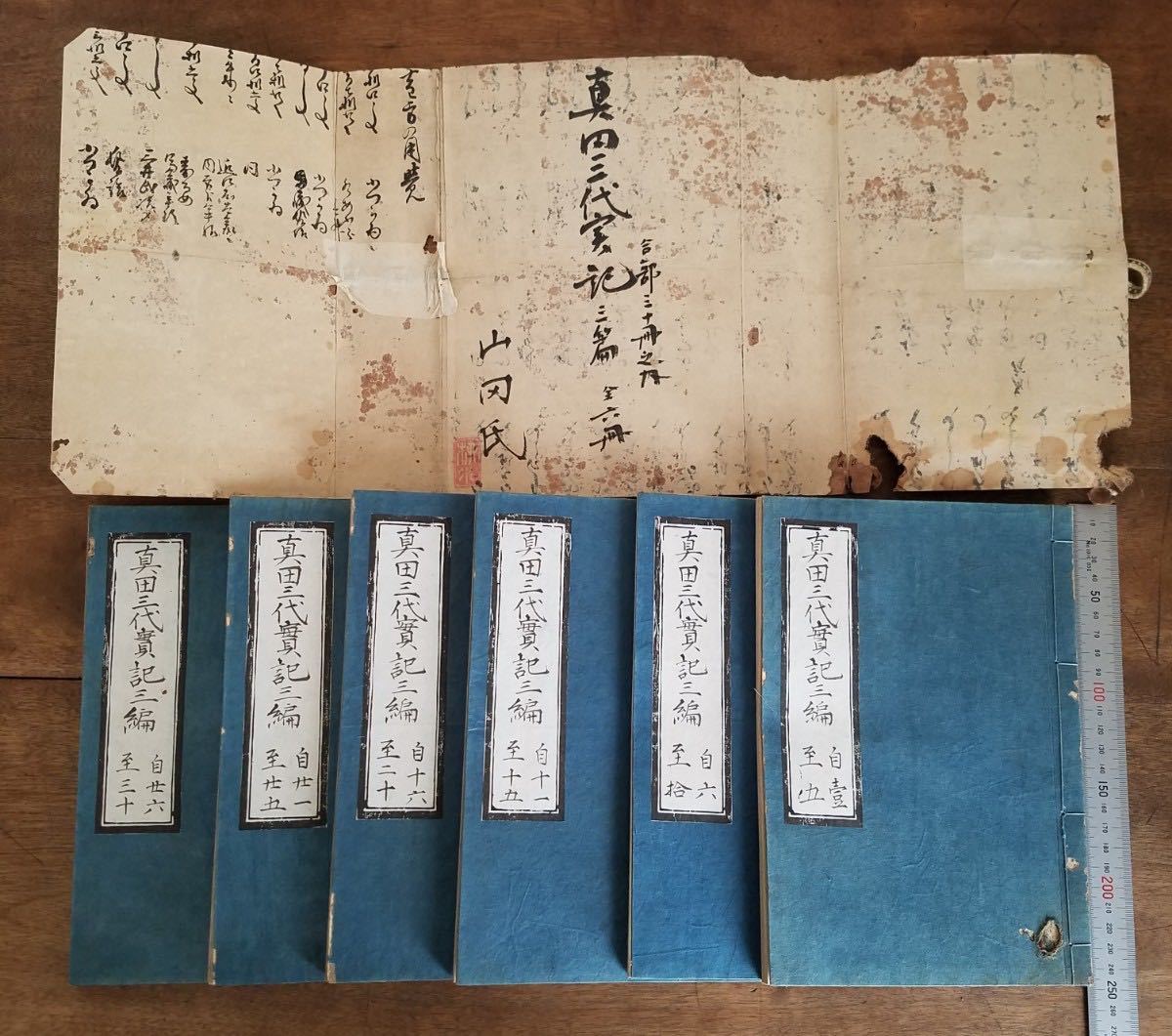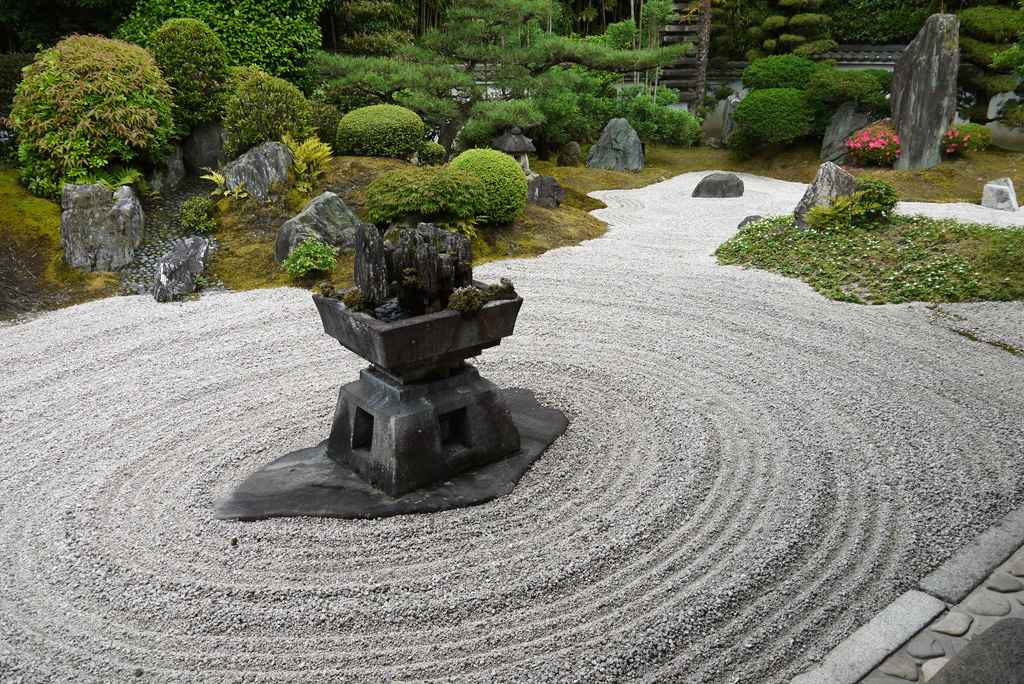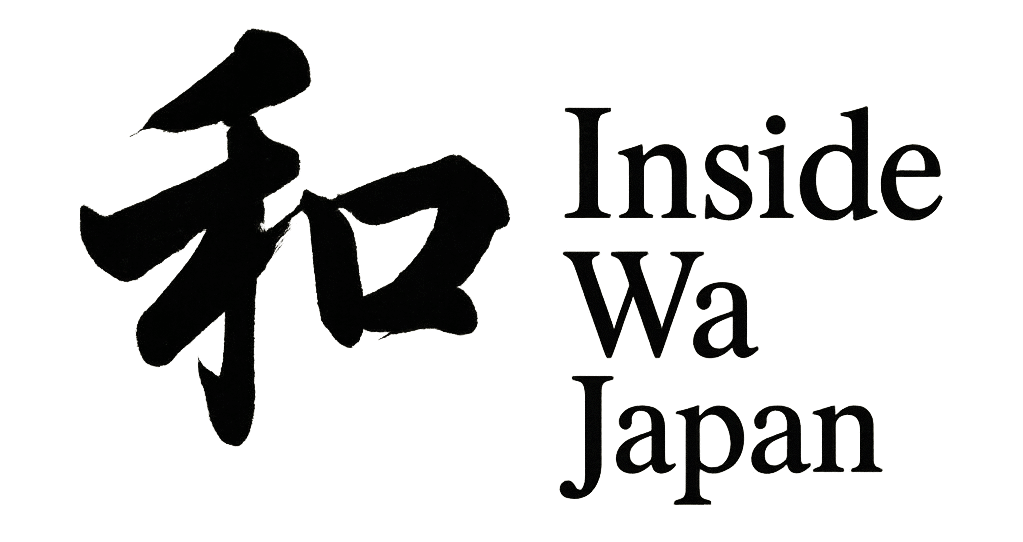What is “Wa”?
The word “Wa” (和) represents harmony, peace, and the spirit of Japan.
It is deeply rooted in Japanese culture and seen in every aspect of daily life.
At Inside Wa Japan, we explore this essence through food, traditions, language, and design.
Discover the quiet elegance and thoughtful simplicity that defines the heart of Japanese culture.
Whether you're experiencing a tea ceremony, enjoying seasonal cuisine, or relaxing in a traditional inn,
you'll find that “Wa” is not just a concept — it’s a way of living.
“Wa” in Daily Life
- 🍵 Tea and Meals: Harmony is reflected in seasonal ingredients and calm presentation.
- 🏡 Home Rituals: Removing shoes before entering a home symbolizes respect and cleanliness.
- 🎁 Gift Wrapping: Careful, beautiful wrapping reflects thoughtfulness and balance.
- 🤝 Everyday Interactions: Greetings and gestures show quiet respect and harmony.
🌿 The Roots of “Wa” – A Cultural Philosophy

Harmony as a Political and Social Ideal
The idea of “Wa” appears in early Japanese philosophy, most notably in Prince Shōtoku’s Constitution of Seventeen Articles, which begins with the phrase “Harmony is to be valued.” It was considered a vital principle for governance and cooperation.

Influence from Eastern Philosophies
Confucianism and Buddhism both helped shape Japan’s cultural values. The concept of harmony was emphasized in these teachings, which promoted order, mutual respect, and self-restraint.

Harmony in Nature and Aesthetics
The Zen-inspired gardens known as karesansui (dry landscapes) represent a refined expression of harmony. They reflect the Japanese aesthetic of simplicity, silence, and inner peace.
Symbols of Wa – Finding Harmony in Nature and Objects
和の象徴 ― 自然や道具に宿る調和の美
① Circle(円)– 調和と永遠の象徴
In Japanese culture, circles are everywhere—from tea bowls and round windows to garden basins and the shape of bonsai pots. This shape represents harmony, completeness, and the idea of no beginning or end—an ultimate form of Wa.
日本文化では、ちゃわん、円窓、縁側、盆栽の鉢など「円」の形がよく見られます。始まりも終わりもないこの形は、調和や永遠性を象徴しています。
② Ma(間)– 空白の美学
“Ma” is the concept of meaningful emptiness or pause. It is found in architecture, in the quiet moments of conversation, and in the empty space of a tea room. It is not emptiness, but a space full of intention.
「間」は建築や会話、庭などに見られる“空ける”という美学です。畳の間や茶室の静寂のように、何もない空間が調和と深い感覚を生み出します。
③ Natural Materials – 和の素材と感触
Wood, paper, and clay—natural materials are at the heart of traditional Japanese design. Whether in a washi paper lantern or an earthen tea cup, these elements bring the warmth and texture of nature into daily life.
木、紙、土などの自然素材は、和の空間や日用品に活かされています。自然との共存を大切にする価値観が、日本独自の美意識を形作っています。
Wa in Everyday Life – Quiet Moments that Reflect Harmony
日常に息づく和 ― 静けさと調和のひととき
① Seasonal Transitions(季節の移ろいを感じる)
In Japanese daily life, subtle seasonal changes are celebrated. People change entrance flowers, hang different noren curtains, and use seasonal plates or sweets—simple acts that reflect a deep harmony with nature.
日本の日常には、季節の変化を細やかに感じ取る感性が息づいています。玄関に飾る花を替えたり、暖簾を衣替えしたり、季節のお菓子や器を使ったり。自然との調和を大切にする暮らしの一コマです。
② Shared Spaces(共用空間での気づかい)
Harmony is visible in public behavior—sitting slightly closer on a bench to make space, being quiet on trains, or taking part in cleaning shared areas. These unspoken acts foster a peaceful community.
公園のベンチで少し詰めて座る、電車内で静かに過ごす、集合住宅での清掃に参加するなど、言葉にしなくても伝わる気づかいがあります。これらの行動は、調和ある社会を支える「和」のふるまいです。
③ Handmade Details(手仕事に宿る調和)
Everyday gestures like packing a bento neatly, folding wrapping paper carefully, or writing a thoughtful note show how harmony lives in the details. Care and intention bring quiet beauty to life.
お弁当を美しく詰める、包装紙を丁寧に折る、心を込めて手紙を書く――こうした手仕事には、調和や思いやりが込められています。細部への気づかいが、日常に静かな美しさをもたらします。
Wa and the Modern World – Timeless Values in a Changing Society
現代社会における和 ― 変化の中に生きる普遍の価値
① Simplicity in Design(和の精神が生きるデザイン)
Modern Japanese design often draws on the spirit of Wa—simplicity, balance, and subtle beauty. Brands like MUJI and architectural styles like “Zen minimalism” reflect harmony not just in appearance, but in philosophy.
無印良品の製品や禅モダン建築など、現代の日本デザインには「和」の精神が宿っています。シンプルで調和のとれた造形は、見た目だけでなく考え方にも通じています。
② Harmony in Global Exchange(国際交流の中の和)
Japan shares the spirit of Wa through cultural events and hospitality—tea ceremonies, omotenashi at the Olympics, and international exhibitions. These gestures highlight a uniquely Japanese approach to peace and respect.
茶道のデモンストレーションや、オリンピックでの「おもてなし」、国際博覧会での展示などを通じて、日本は「和」の精神を世界に伝えています。平和と敬意を大切にする日本ならではの姿勢です。
③ Wa in Everyday Technology(日常の技術に生きる和)
Even in high-tech spaces, Wa lives on. From calming user interfaces to the use of natural sounds in appliances, Japanese technology often aims not to overwhelm, but to harmonize with the user’s life.
ハイテクな製品の中にも「和」は生きています。家電のやさしい音、落ち着いたUIデザインなど、日本の技術は人の暮らしと調和することを目指しています。
